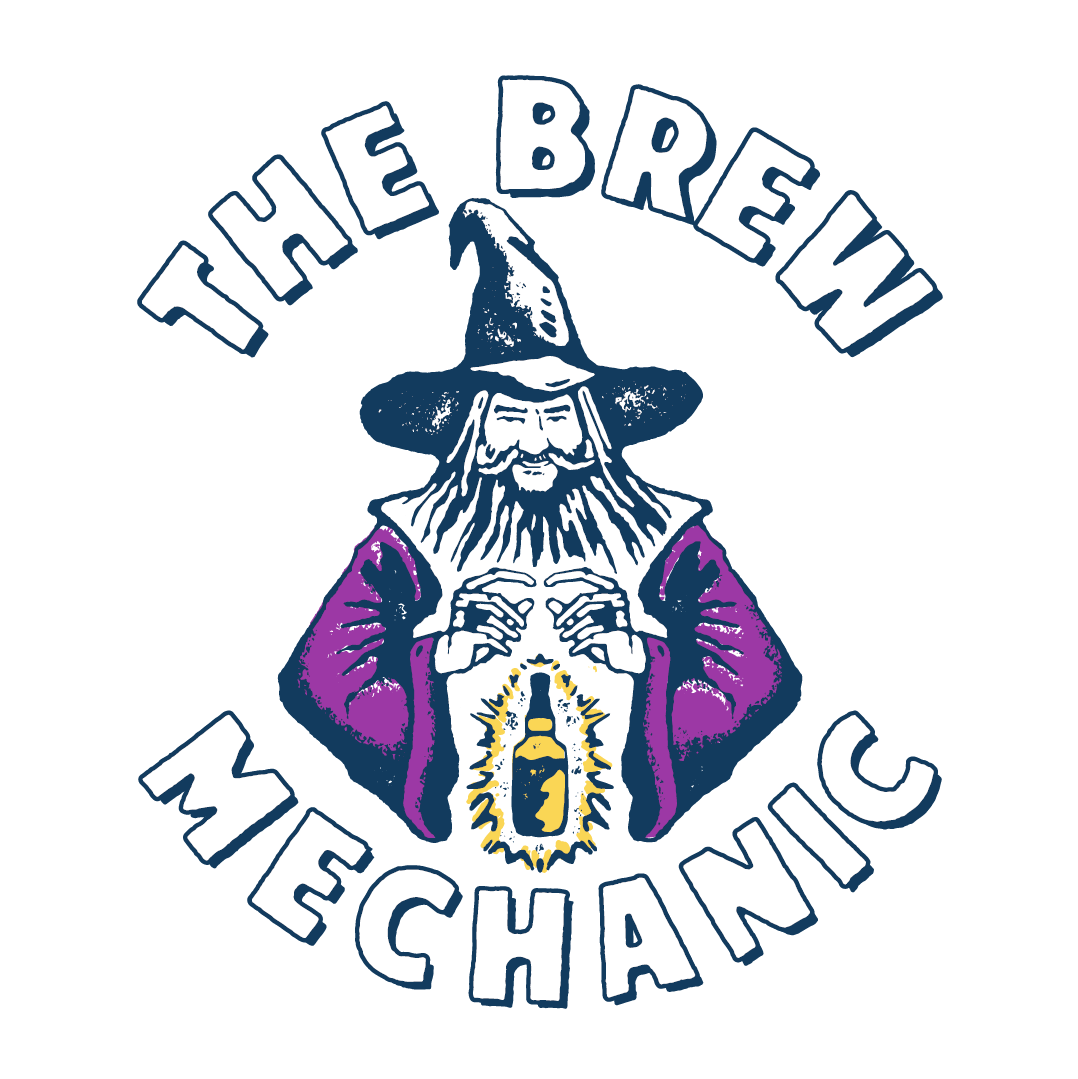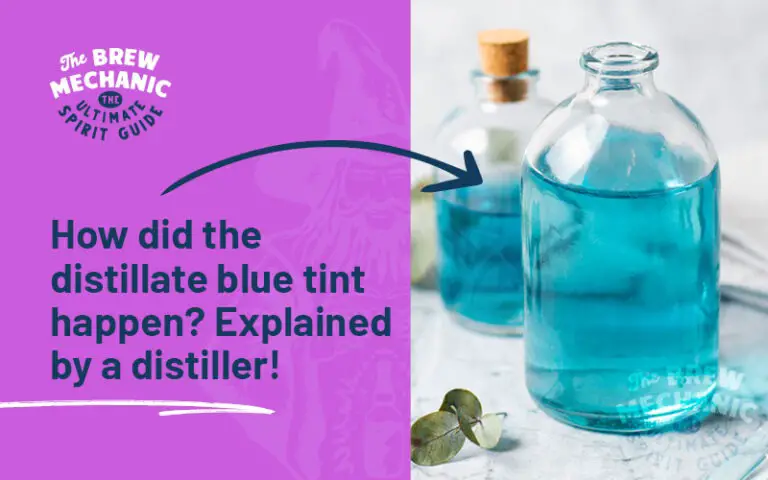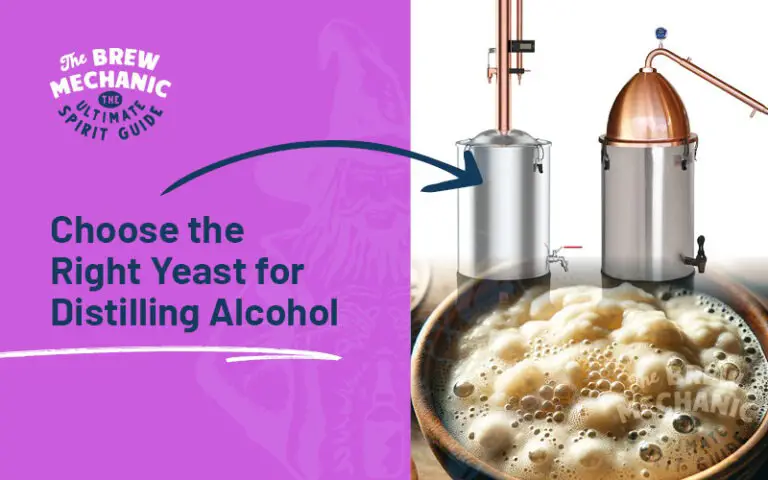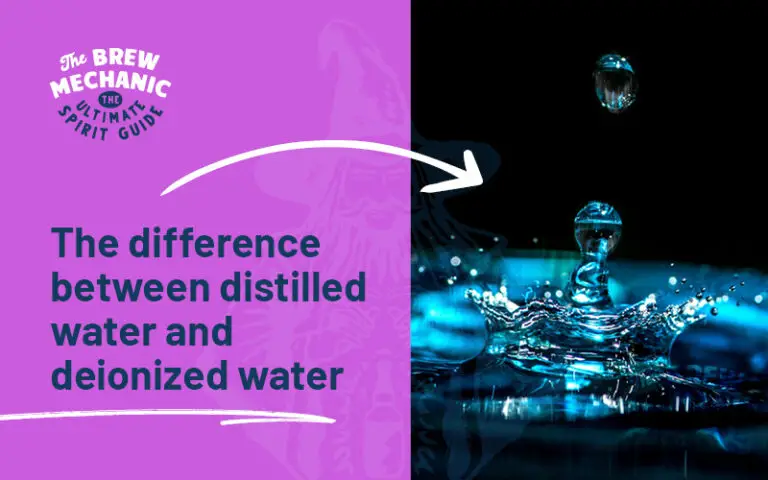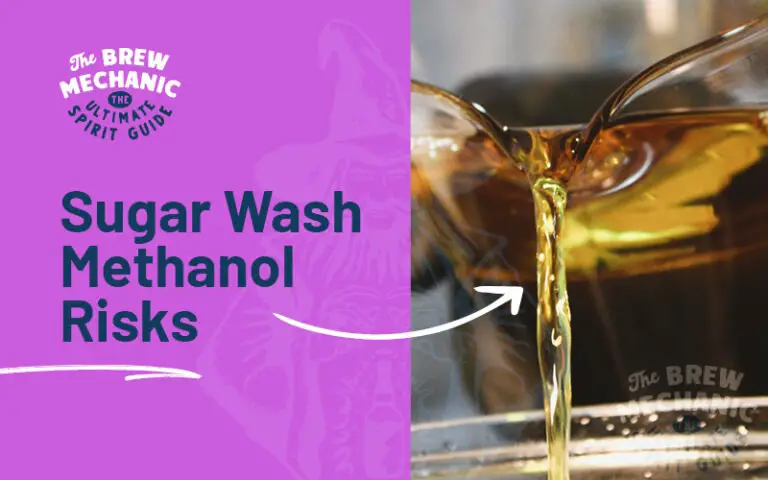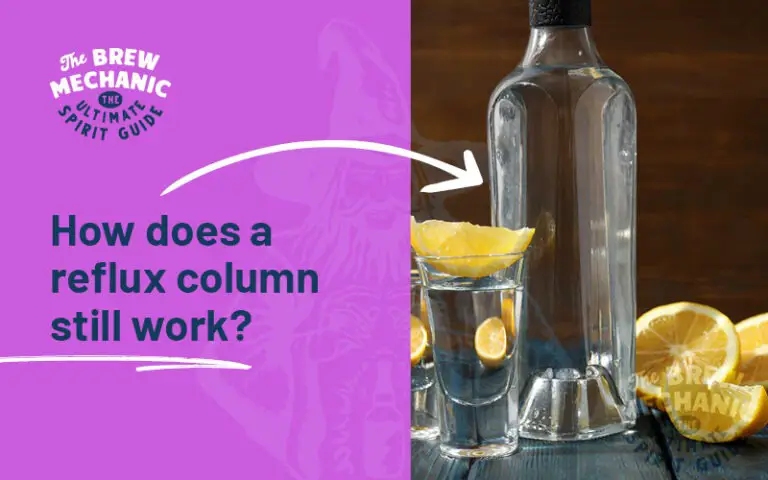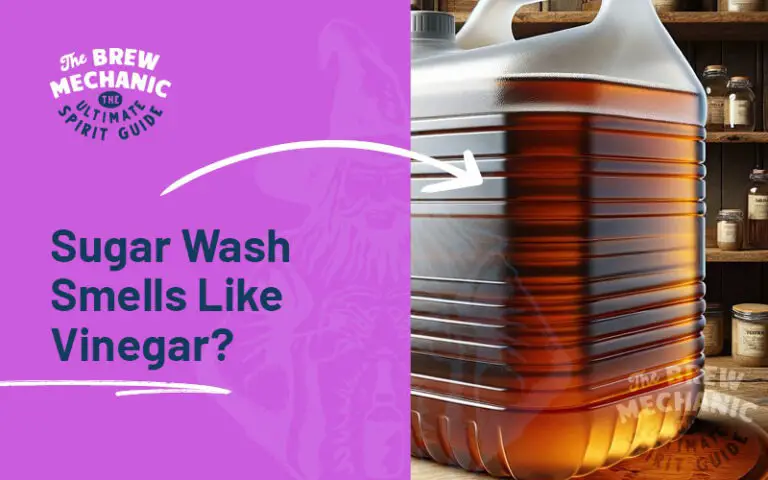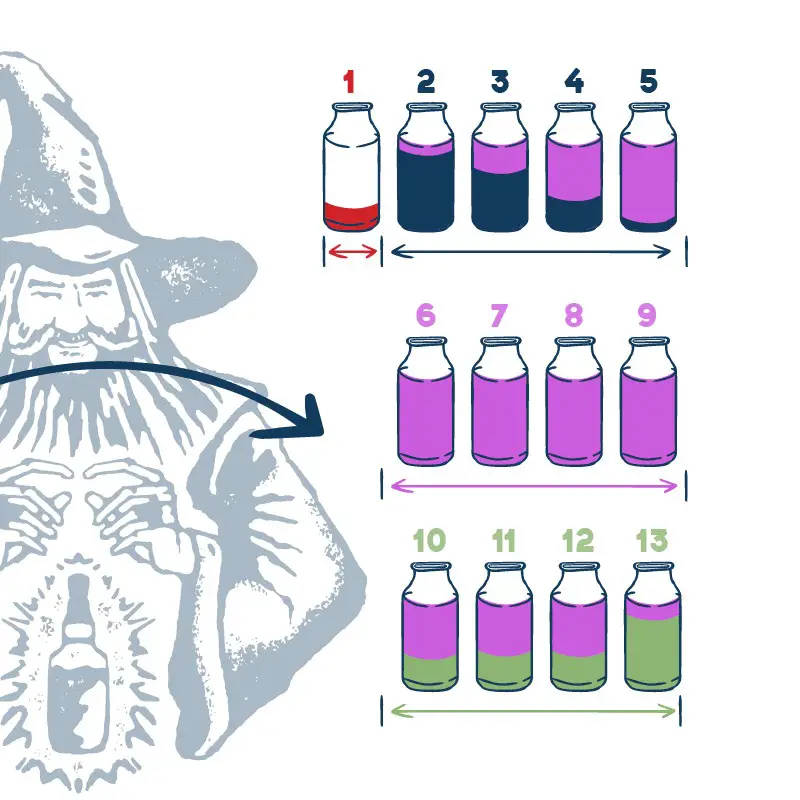Distillation Easy Definition: A Beginner’s Guide for home distillers
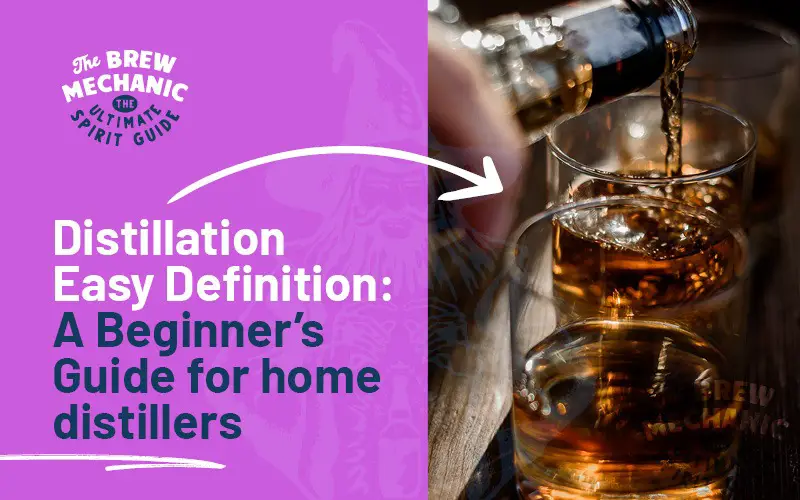
Disclaimer: This post might include affiliate links, through which I may earn a small commission without any extra cost to you. Additionally, I am an Amazon Associate and earn from eligible purchases. All the products and services I suggest are ones I have personally used or would use. Thank you very much for your support if you decide to buy through any of my links!
Come join the Distilling Squad!
Get the best fundamental tips & tricks here. Woohoo!
Distillation, in a nutshell, can be described as a method to purify or separate liquids, and this distillation easy definition simplifies its complexity. But how does it truly work? And why should anyone care?
This guide dives deep into the heart of distillation, offering insights into its various types, methods, and applications. Stick around if you’re keen to learn more about distillation.
1. What is Distillation for the novice distiller?
Distillation is a physical separation process used to separate mixtures of liquids based on their different boiling points. Involving the conversion of a liquid to vapor and then condensing the vapor back to liquid form, distillation has been pivotal in the purification and separation of liquid mixtures for centuries. This is what makes alcohol woohoo.
2. How Does Simple Distillation Work?
Simple distillation involves boiling a liquid mixture in a flask or still and then condensing the resulting vapor in a separate container, known as the distillate. This method is particularly effective when the boiling points of the components in the mixture differ significantly.
3. What are the Different Types of Distillation in DIY distilling?
There are two options.
The first is a pot still where the wash is heated in a pot, and the vapors are collected and condensed back into liquid form. The distiller makes cuts to separate the heads, hearts, and tails, ensuring only the best quality spirit is collected.
Second, is a reflux still that as the vapors rise through the packed column, they condense and vaporize multiple times, which increases the purity of the final product. The distiller can control the purity by adjusting the reflux ratio.
4. Why is Boiling Point Crucial in Distillation at home?
The boiling point of a liquid is the temperature at which the vapor pressure of the liquid equals the atmospheric pressure. Since distillation involves boiling and condensation, understanding the boiling points of the components in a mixture is paramount. Distillation leverages the differences in boiling points to separate and purify mixtures. These are essential for your making your distilling cuts and by understanding this distillation easy definition you can be a better distiller.
5. What is the Role of Vapor in Distillation?
Vapor plays an essential role in the distillation process. When a liquid is heated, it vaporizes. This vapor is then condensed to yield a liquid, the distillate. Also known as the cuts for us DIY home distillers.
6. How is Distillation Used in Everyday Life?
Of course, distillation is present in our daily lives. It’s employed in producing potable water through desalination, making alcoholic beverages, and even in the creation of essential oils and perfumes. Its wide array of applications underlines its significance in various industries and household practices.

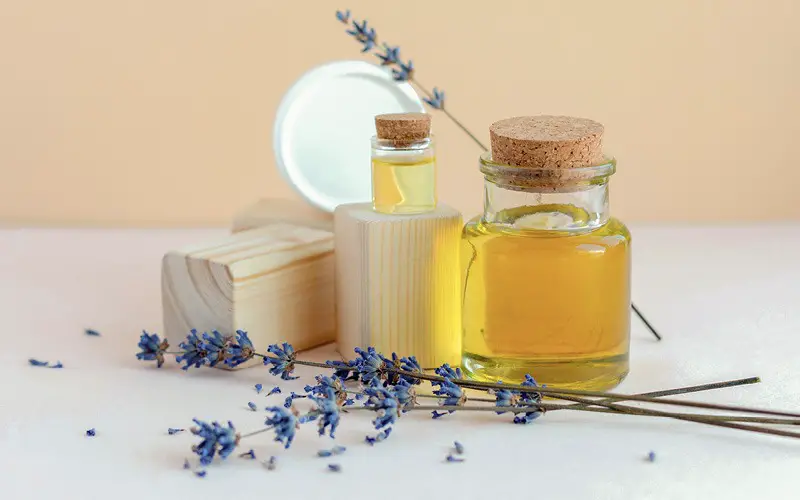
7. The Apparatus: Key Components of a Distillation Setup
A typical distillation setup includes a heating source, a still containing the liquid mixture, a condenser to cool and condense the vapor, and a receiving jar for the distilled liquid. The design and complexity of the still may vary based on the type of mash or wash that is used.
Distillation Easy Definition: Understanding the Process
With your preferred distillation method make sure you clearly understand the boiling point of the liquid/wash needed to get your distilling cuts on point. We hope this distillation’s easy definition made it easier to understand from a home distiller’s point of view.
Last Updated on Oct 29, 2023 by The Brew Mechanic
Disclosure: I may receive affiliate compensation for some of the links below at no cost to you if you decide to purchase a product or service. You can read our affiliate disclosure in our privacy policy. The information provided is for entertainment only.

With 35 years of knowledge of being a chemical engineer in alcohol manufacturing plants, my mission is to teach the next generation of home distilling alcohol brewers at a supernatural speed.
My reviews are based on real-life experiences with reflux stills, sugar wash, troubleshooting and mystical chemical reactions.
